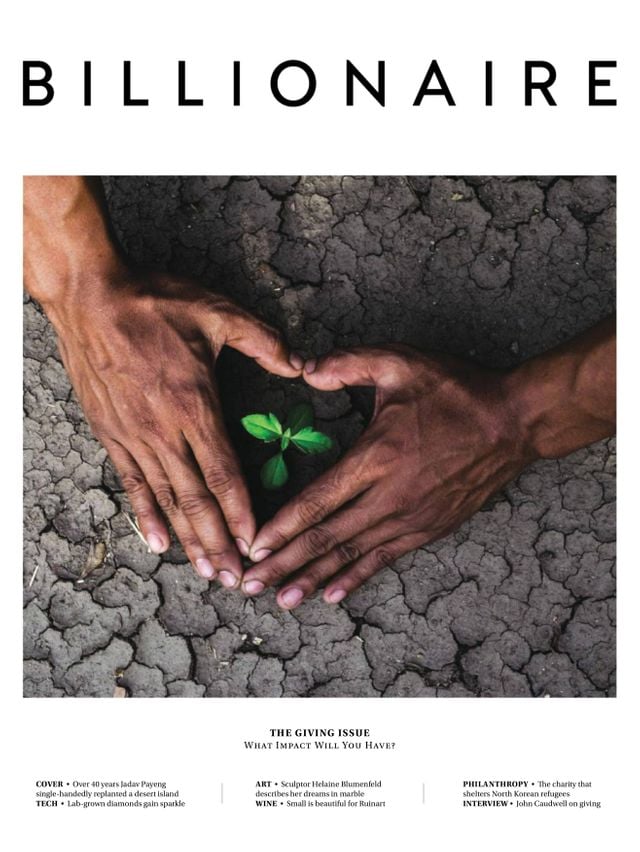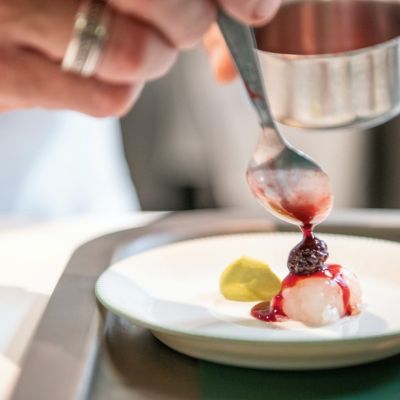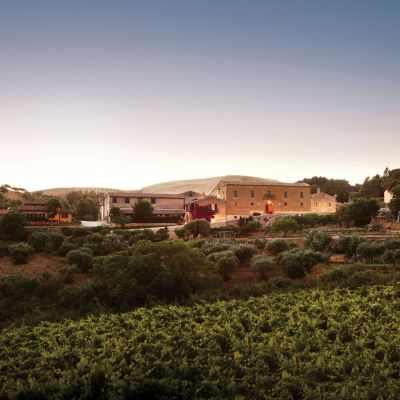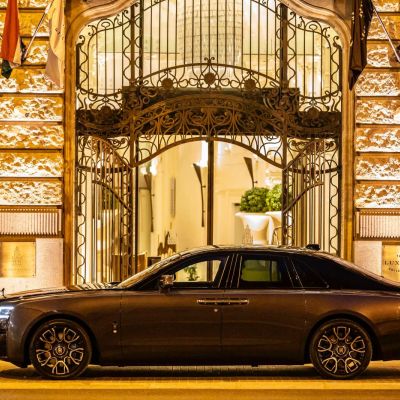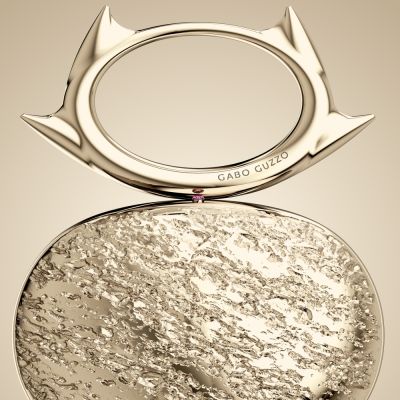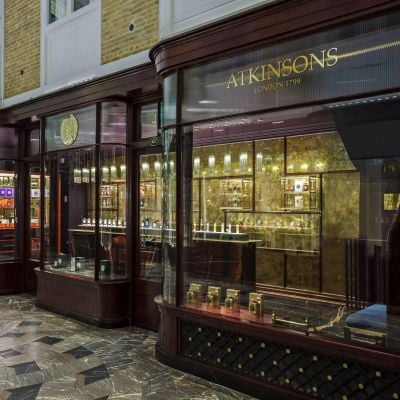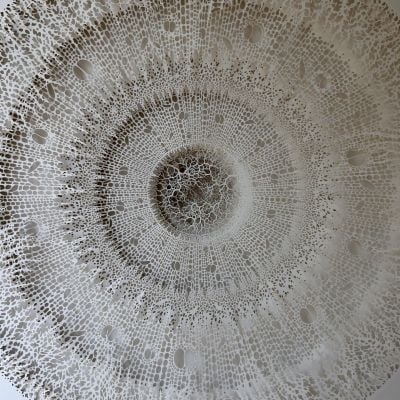The Van Gogh Legacy
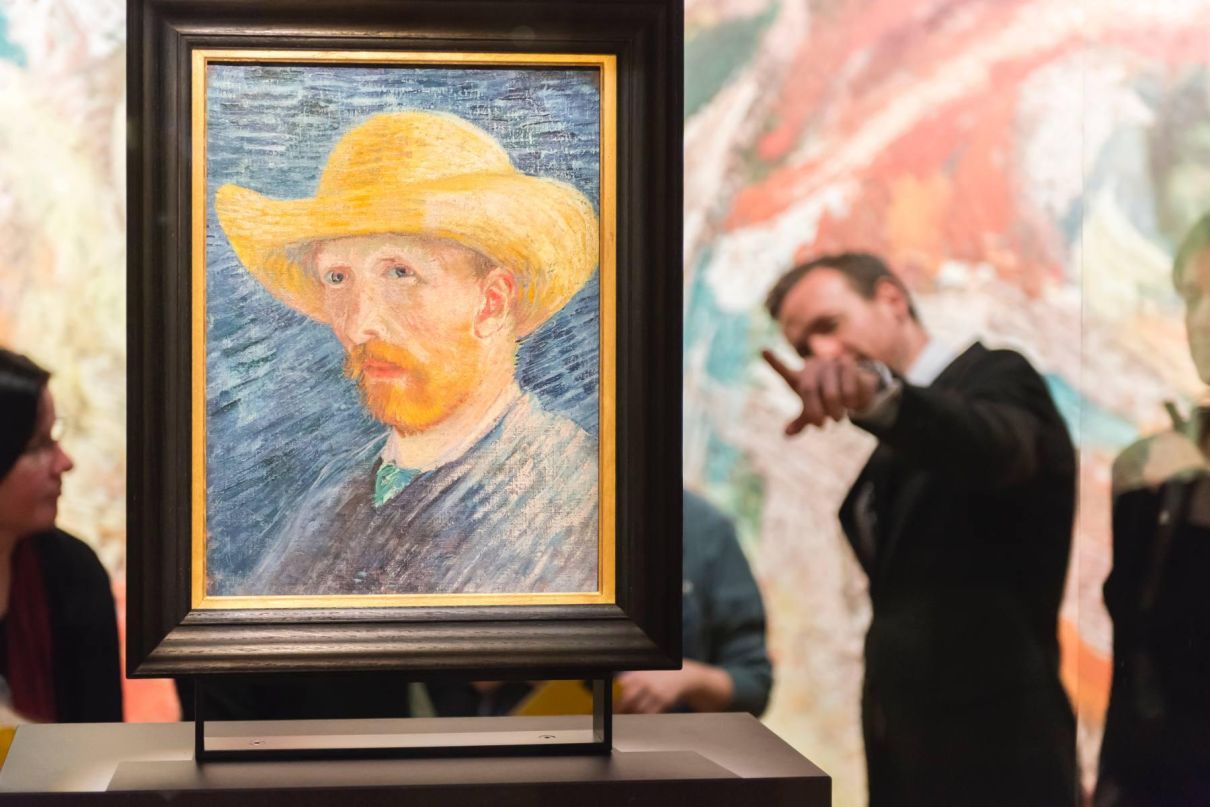
The Van Gogh family is a shining example of the democratisation of art.

Walk into the Amsterdam home of Willem Van Gogh, great-grand-nephew of Vincent Van Gogh, and you might be surprised to see not a single artwork by his famous grand-uncle on the walls.
“I grew up with not one painting; no other family member has one,” says Willem, talking at the Hong Kong Private Museum Conference. “Everything is out of the hands of the family, and that’s good, because we can all enjoy Vincent’s art, exactly how he would have wanted it.”
The story of how the Van Gogh family came to successfully carry out the dead artist’s wishes is a fascinating one, especially as Van Gogh was an unknown during his lifetime, only selling one painting before he died.
Vincent’s beloved brother Theo was a great believer in him and his art, supporting him financially and emotionally through the years.
However, Theo passed away several months after Vincent, in 1891. Theo’s widow Joanna, (Willem’s great-great-grandmother) inherited Vincent’s entire oeuvre of 450 paintings and 700 drawings. A young widow suddenly alone in a small Parisian apartment with a one-year-old infant (Vincent Willem Van Gogh, Willem’s grandfather), it was not an easy time, relates Willem. “She had no idea what to do with all of them, so they went in the closet, under the bed, anywhere there was room, as well as the works of contemporaries that Theo and Vincent collected,” says Willem. “It was quite a responsibility.”
She was advised to get rid of the works but, instead, Joanna moved back to the Netherlands and established some artistic connections, doing some translation work on the side to support herself and her son.
Joanna had the same passion for the work of Vincent as her husband, and she dedicated her life to promoting it, organising exhibitions and shows. With her young son she travelled from Spain to Germany to the UK to Japan and US, and she succeeded in getting Vincent’s work to be appreciated by many.

“It’s amazing that a totally unknown painter who sold one painting in his lifetime, became such a famous artist,” says Willem. “Ten years after Vincent’s death, Picasso arrived in Paris and he reportedly said, ‘I will be the next Van Gogh’.”
The turning point came 24 years after Vincent’s death in 1914, when the National Gallery in London wanted an exhibition of iconic modern artists and bought a version of the Sunflowers. It was at that point Van Gogh became a household name, thanks to Joanna.
When she died in 1925, Willem’s grandfather became the owner of the remaining collection of 200 paintings and 500 drawings (the others had been sold) and Vincent’s famous letters to his brother Theo that reflect all his hopes and despair about becoming an artist. The collection still contained iconic paintings such as the Sunflowers, The Bedroom, self-portraits and Almond Blossom.
“My grandfather was a very visionary man and one of his visions was to keep the collection together and share it with everybody for always. So, he established the Vincent Van Gogh Foundation and, to avoid the collection being divided after his death (he had three children), he transferred the collection to the foundation. He took it entirely out of the hands of the family,” says Willem. In return, the state of the Netherlands built a museum as the home for the collection.
Designed by architects Gerrit Rietveld and Kisho Kurokawa, at the museum’s opening in 1973 it was anticipated that it would greet around 300,000 visitors per year.
Last year, the Van Gogh Museum welcomed 2.3 million visitors, making it the most-visited museum in the Netherlands and the 23rd most-visited art museum in the world. Axel Rüger has been the museum director since 2006, instrumental to its growing success. But, above all, the world is still drawn to the work of Van Gogh. “We can identify with him because he painted normal people, things and nature. His art was about the circle of life,” says Willem.
“Vincent himself was not materialistic, he was very spiritual and, with that in mind, I don’t even own a car. I cycle daily from our apartment in Amsterdam to the museum.”
This article originally appeared in Billionaire's Discovery Issue, September 2018. To subscribe contact

